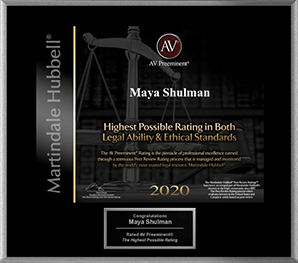
Usually, child visitation rights govern a parent’s right to visit their children and spend time with them. In California, courts can grant grandparents visitation rights to spend time with their grandchildren.
When Can A Grandparent Petition For Visitation Rights?
Child visitation rights are usually used in cases when a parent does not have custody over his or her child. Fortunately, getting a court to order a grandparent’s visitation rights with their grandchildren is not a long, drawn-out process.
A grandparent can petition for visitation rights under the following circumstances:
1. The grand child does not resides with either of the parents
2. A parent has been absent for a month or so without any indication of his or her whereabouts whatsoever
3. If the parents are living separately after being married
In order for a grandparent’s visitation rights to be granted, either one or both parents have to support the petition. If both parents are against the petition, then the grandparent will have to present persuasive evidence that their visitation is in the best interests of their grandchild.
In order to grant the petition for a grandparent’s visitation rights, the court must do the following:
1. Establish that there is indeed a relationship between the grandparent and the child and that the visitation will benefit the child
2. Establish a balance between the best interests of the child and the rights of parents to raise their child. This is done if the parents of the child are not married and are living separately
The parents of the child have the right to request that the Court terminate the grandparent’s visitation rights if the situations under which the grandparent visitation rights were granted in the first place have changed.
In addition, California law states several situations that a court must consider before it makes the decision to grant visitation rights to a child.
Filing A Petition For A Grandparent’s Visitation Rights
In most cases, a petition for visitation rights has to be filed from scratch, and include the following steps:
1. In case there is an active family Law case, the grandparent must first join the case. The family law case can be a legal separation in which the children are involved as well
2. Once the case has been started, there are several court forms that need to be filled for the case to proceed. The grandparent must explain how he or she would like the visitation schedule to be planned and state the reasons why the grandparent thinks that visitation is necessary. Keep in mind the questions a judge is likely to ask and answer accordingly
3. Make sure that your answer includes a description of your relationship with your grandchild and anything else a judge might need to know to make a fair decision
4. Once you fill out the form, the next step is to get them reviewed. Usually, the Court’s facilitator reviews the paperwork. Once the forms have been filled out properly, you can proceed with the case. Make sure that you have filled out all the necessary forms
5. All of the forms should be photocopied. The grandparent must possess a copy of the forms, and each parent must possess one copy as well. The originals and the copies should be submitted to the court clerk. The originals will be retained, and the copies will be stamped as ‘Filed’ and returned to you. A filing fee needs to be paid as well
6. After filing the forms, the court clerk is likely to provide a court date
7. Once the necessary documents are filed, you are required to serve a notice to the parents of the child. In this way, you are legally letting the parents know that you have filed a petition for grandparent’s visitation rights
8. In the last and final step, all parties involved in the case are required to attend the court hearing on the specified date
SFLG
Shulman Family Law Group







